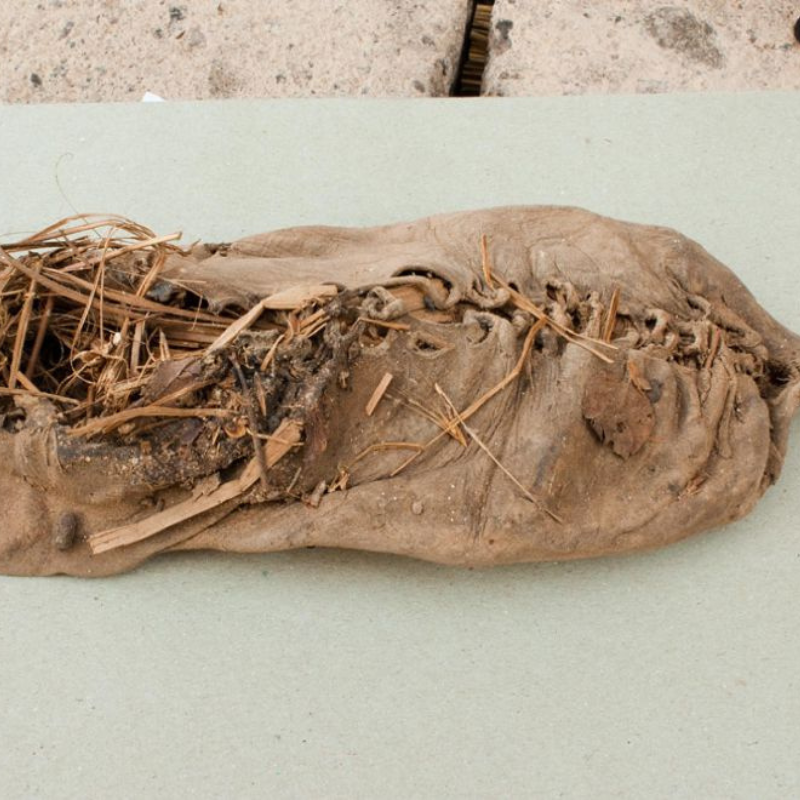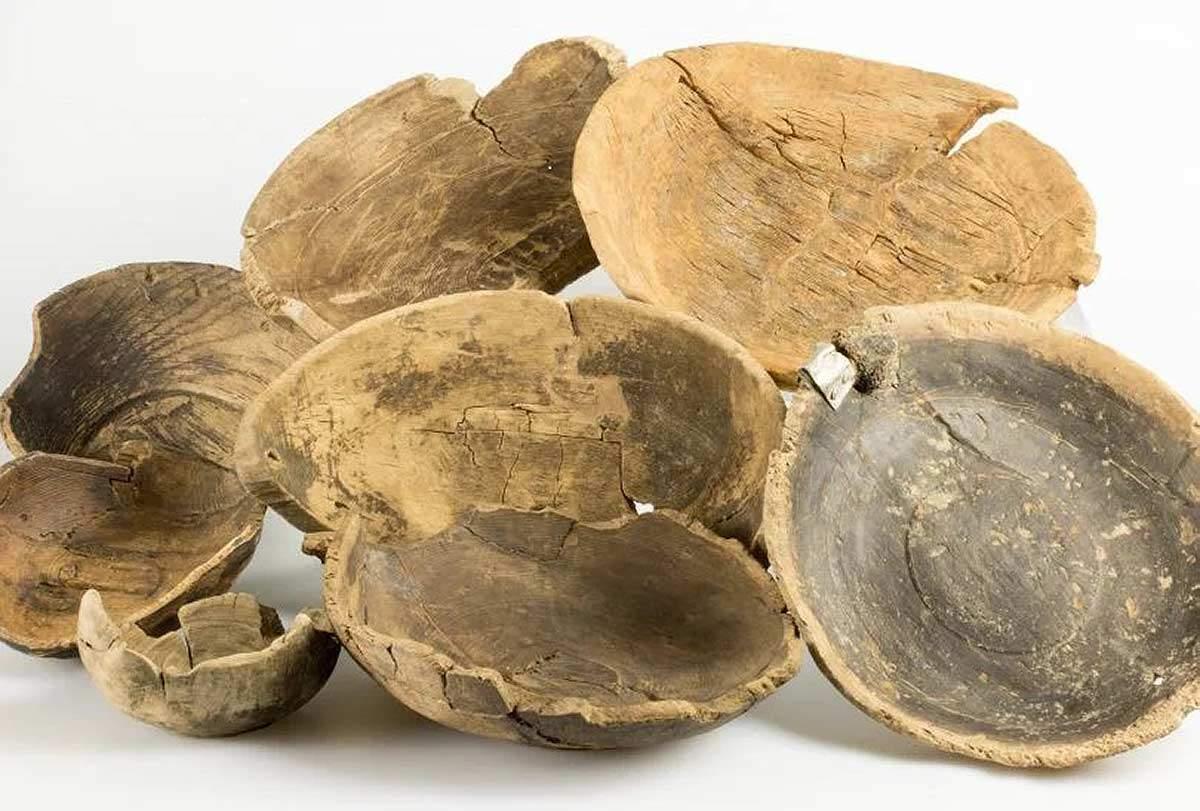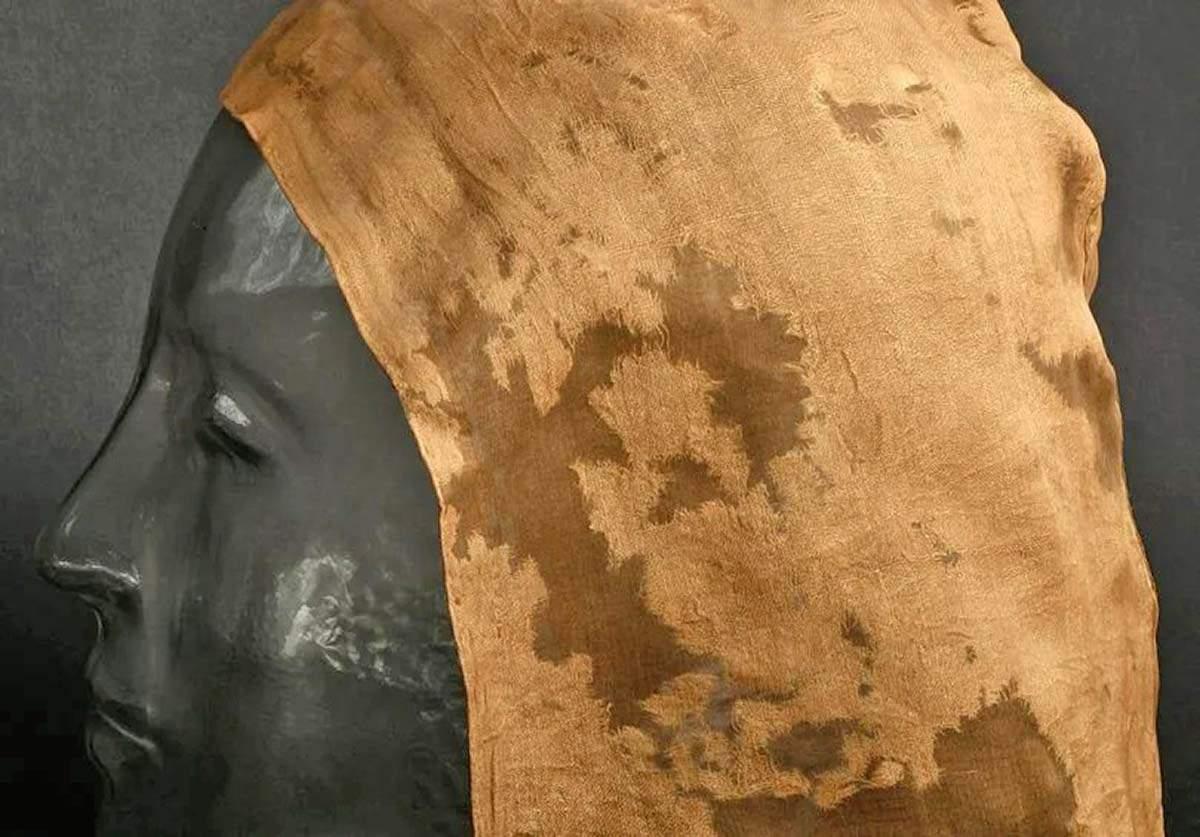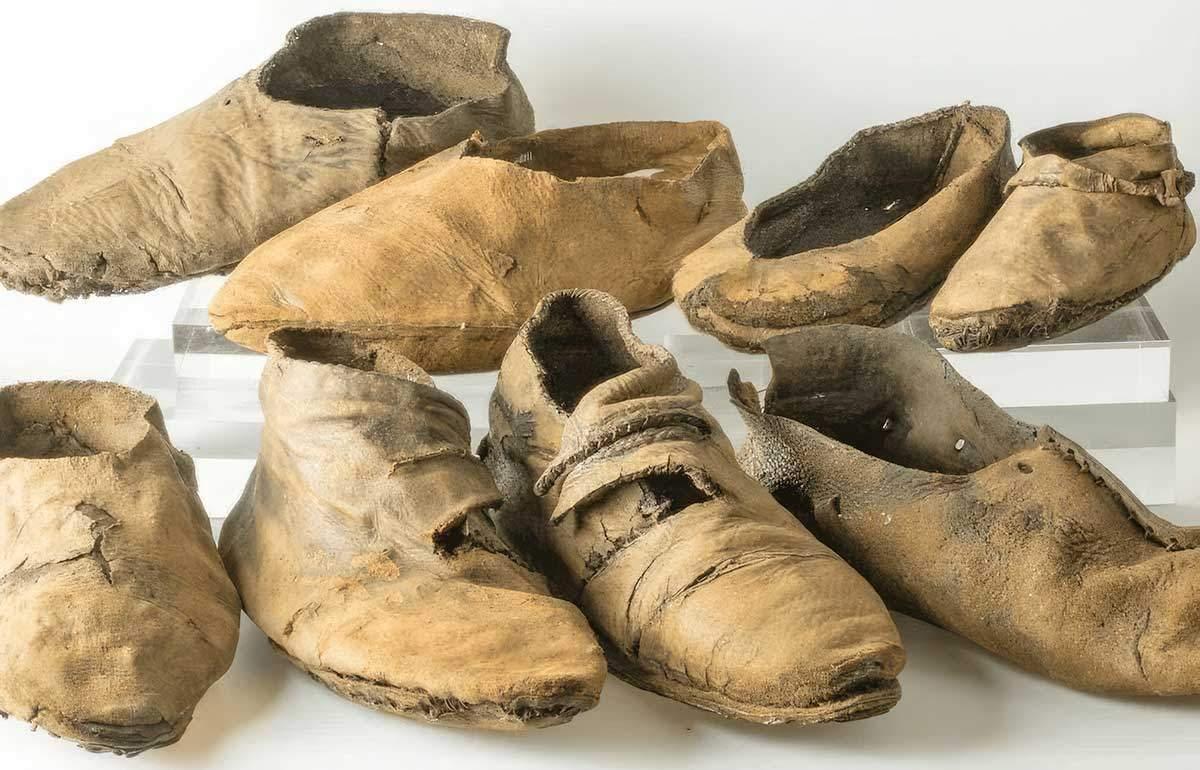Introduction
The bustling medieval city of York, situated in northeast England, has long been recognized as a hub of historical significance. But it wasn’t until the 1970s that archaeologists made a remarkable discovery that would shed new light on York’s past – the unearthing of the Viking-Age town of Jorvik. This ancient settlement, which thrived from the 9th to 10th centuries CE, has provided a treasure trove of artifacts and insights into the daily lives and culture of the Norsemen who once called it home.
Through meticulous excavations, archaeologists have pieced together a vivid picture of Jorvik, painting a captivating portrait of a vibrant, cosmopolitan world that stood at the crossroads of Anglo-Saxon and Scandinavian influences. From exquisite textiles and intricate metalwork to everyday household items, the artifacts uncovered in Jorvik offer a unique window into the material culture and lifeways of the Viking Age.
In this blog post, we’ll delve into the remarkable archaeological discoveries that have emerged from this historic site, exploring how they have transformed our understanding of Viking-era England and the enduring legacy of Jorvik’s inhabitants. Prepare to be transported back in time as we uncover the secrets of this remarkable Viking settlement.

The Discovery of Jorvik
The story of Jorvik’s rediscovery began in the 1970s, when construction work in the city of York led to an unexpected and momentous find. As workers dug into the earth, they encountered a wealth of well-preserved artifacts and structures that dated back to the 9th and 10th centuries – the height of the Viking Age in England.
Recognizing the significance of this discovery, the York Archaeological Trust immediately launched a comprehensive excavation project, determined to uncover the full extent of this long-lost Viking settlement. Over the course of several years, archaeologists meticulously explored the site, carefully documenting and preserving the remarkable finds that emerged from the soil.

What they uncovered was nothing short of astounding. Jorvik, as the settlement was known to its Viking inhabitants, had been a thriving commercial and cultural hub, bustling with activity and home to a diverse population. The excavations revealed a well-planned town, with long, narrow plots divided by wattle fences, indicative of a highly organized community.
Remarkably, the moist and oxygen-deprived soils of Jorvik had preserved a wealth of organic materials that are rarely found in other archaeological sites, offering an unparalleled glimpse into the daily lives of the Vikings who once lived there.

Shoes, Socks, and Skates: Insights into Viking Footwear
One of the most remarkable aspects of the Jorvik excavations was the discovery of a vast array of well-preserved footwear, providing invaluable insights into the shoemaking industry and fashion trends of the Viking Age.

Archaeologists uncovered a diverse collection of leather shoes, ranging from adult-sized footwear to tiny children’s shoes. By carefully studying the construction and materials of these artifacts, they were able to determine that the majority were made using the “turnshoe” method, a technique in which the shoe’s sole and upper are sewn together inside-out and then turned right-side out.
But the Jorvik footwear collection held an even greater surprise – the discovery of a single, uniquely constructed sock. Crafted from wool and knitted using a single-eyed needle, this rare find represents the only known example of its kind from Viking-era England. Scholars speculate that this sock, with its distinctive red band around the ankle, may have been an imported or highly prized item.

In addition to the shoes and sock, archaeologists also unearthed what appear to be the remains of ice skates, fashioned from horse bone. These intriguing artifacts suggest that the Vikings of Jorvik not only relied on their footwear for practical purposes but also found creative ways to enjoy leisure activities, such as skating on frozen rivers and lakes.
The diversity and quality of the footwear discovered at Jorvik have allowed researchers to gain unprecedented insights into the shoemaking industry, trade networks, and even the recreational pursuits of the Viking inhabitants. These artifacts offer a tangible connection to the lives and experiences of the people who once called Jorvik home.

Textiles and Treasures: Uncovering the Wealth of Jorvik
While the well-preserved footwear found in Jorvik has captivated archaeologists, the site has also yielded an array of other remarkable artifacts that shed light on the material culture and wealth of its Viking inhabitants.
One of the most significant discoveries was the unearthing of a silk headdress, a truly exceptional find considering the rarity of such exotic textiles in the medieval world. Scholars believe this exquisite headpiece, with its intricate stitching and delicate construction, likely belonged to a wealthy Viking woman, perhaps even a member of the local elite.
The presence of this silk headdress, as well as other fragments of silk found throughout the site, suggests that the people of Jorvik had access to luxury goods and materials from distant lands, potentially through trade networks that extended as far as the Byzantine Empire or even Baghdad. This provides a tantalizing glimpse into the global connections and economic power of the Viking world.
In addition to the silk headdress, archaeologists have uncovered a wealth of other textile artifacts, including fragments of woolen fabrics and the remains of a unique, single-piece leather shoe. These textiles offer invaluable insights into the textile industry and fashion trends of the Viking Age, as well as the skilled craftsmanship of Jorvik’s inhabitants.
But the treasures of Jorvik extend beyond textiles. The site has also yielded an array of exquisite metalwork, including intricate jewelry, decorative items, and even a remarkably well-preserved helmet. These artifacts, many of which feature intricate designs and symbols, attest to the artistic prowess and technical expertise of the Viking artisans who called Jorvik home.
The sheer diversity and quality of the artifacts uncovered in Jorvik challenge the often-held perception of the Vikings as simple, brutish raiders. Instead, they reveal a sophisticated, cosmopolitan society with strong trade connections, a thriving economy, and a rich cultural heritage.
The Diet and Environment of Jorvik
In addition to the remarkable material culture uncovered at Jorvik, the site has also provided valuable insights into the daily lives and environment of its Viking inhabitants through the analysis of faunal and botanical remains.
Excavations at the site have yielded over five tons of animal bones, offering a wealth of information about the dietary habits and animal husbandry practices of the Jorvik community. The remains indicate that the Vikings relied on a diverse array of food sources, including domesticated animals such as cattle, sheep, and pigs, as well as wild game like deer and birds.
Interestingly, the presence of rodent bones, particularly those of mice and rats, suggests that these animals were not just unwelcome pests, but likely played a role in the daily lives of the Jorvik residents, perhaps as sources of food or even as pets.
The botanical remains uncovered at the site also paint a vivid picture of the local environment and the agricultural practices of the Vikings. Archaeologists have identified a range of plant materials, including cereals, vegetables, and herbs, providing evidence of the diverse diet and culinary traditions of Jorvik’s inhabitants.
Among the most notable finds are the remains of plants such as celery, coriander, lettuce, radishes, and parsnips, indicating that the Vikings of Jorvik had access to a wide variety of cultivated and foraged foods. This diversity of plant-based foods challenges the common misconception of the Viking diet as being primarily meat-based, and offers insights into the agricultural and culinary expertise of the Jorvik community.
These faunal and botanical remains, while perhaps less glamorous than the textiles and metalwork, are invaluable in painting a comprehensive picture of the daily lives and environment of the Vikings who called Jorvik home. They serve as a powerful reminder of the wealth of information that can be gleaned from even the most seemingly mundane archaeological finds.
Connections to the Wider Viking World
The remarkable discoveries at Jorvik not only shed light on the local community, but also reveal the broader connections and global reach of the Viking world. Through the analysis of various artifacts and materials found at the site, archaeologists have uncovered evidence of Jorvik’s extensive trade networks and cultural exchanges.
One of the most striking examples of Jorvik’s global connections is the presence of Baltic amber. Excavations have revealed that the Vikings of Jorvik were actively engaged in the trade of this prized material, which they would have obtained from the Baltic region and then crafted into a variety of decorative items, such as rings, pendants, and beads.
The discovery of these amber artifacts underscores the far-reaching trade routes and economic power of the Viking Age, as Jorvik’s inhabitants were able to access and incorporate materials from distant lands into their own material culture.
Similarly, the presence of silk textiles, such as the remarkable headdress mentioned earlier, suggests that the people of Jorvik had access to luxury goods from the Byzantine Empire or even further afield, potentially through trade connections that extended into the Islamic world.
These global connections are not limited to material goods; they also manifest in the cultural and religious influences evident in the archaeological record. The discovery of a unique, inscribed helmet, bearing a Christian prayer in Latin, highlights the complex interplay between pagan and Christian traditions in the Viking world, as well as the cosmopolitan nature of Jorvik’s population.
By examining the diverse array of artifacts and materials found at Jorvik, archaeologists have been able to piece together a more nuanced understanding of the Viking Age, revealing the interconnected nature of this dynamic, far-reaching civilization. The site’s rich and varied finds serve as a testament to the cultural and economic vitality of Jorvik, as well as its place within the broader tapestry of the medieval world.
Conclusion: The Enduring Legacy of Jorvik
The archaeological excavations at Jorvik have undoubtedly transformed our understanding of the Viking Age in England, providing a unprecedented window into the daily lives, material culture, and global connections of this remarkable civilization.
Through the meticulous study of the site’s well-preserved artifacts, archaeologists have been able to paint a vivid, multifaceted portrait of Jorvik, revealing it as a thriving commercial and cultural hub, home to a diverse population with strong ties to the wider Scandinavian world.
From the exquisite silk headdress to the humble woolen sock, the discoveries at Jorvik have captivated scholars and the public alike, sparking our imaginations and challenging our preconceptions about the Vikings. These artifacts serve as tangible reminders of the skill, ingenuity, and sophistication of the people who once called this ancient settlement home.
As we continue to unravel the secrets of Jorvik, we are not only deepening our understanding of the past, but also gaining valuable insights that can inform our present and future. The legacy of this remarkable Viking town lives on, inspiring new generations to explore and celebrate the rich cultural heritage of the Norse people.
Through the ongoing work of archaeologists and the efforts of institutions like the York Archaeological Trust, the story of Jorvik continues to unfold, inviting us to step back in time and immerse ourselves in the vibrant world of the Vikings. It is a testament to the enduring power of the past to captivate, enlighten, and inspire us all.

